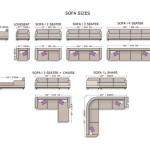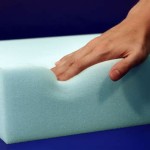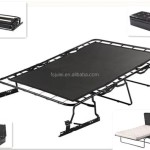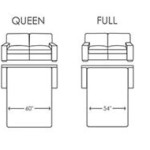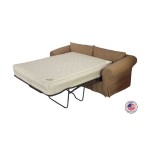Fix a Broken Sofa Leg
A broken sofa leg can render a once-comfortable piece of furniture unusable. Fortunately, repairing a sofa leg is often a manageable DIY project, saving the cost of professional upholstery repair. This article provides a comprehensive guide to fixing various types of broken sofa legs, covering common issues and offering solutions for a successful repair.
Before beginning any repair, it's crucial to assess the damage accurately. Different types of breaks require different approaches. A clean break where the leg has completely separated from the frame necessitates a different fix than a crack or a loose joint. Identifying the material of the leg is also important; wood, metal, and plastic legs each demand specific repair methods and materials.
For a clean break in a wooden leg, wood glue is often the best solution. Begin by cleaning the broken surfaces of any debris or old glue. Apply a generous amount of high-quality wood glue to both broken ends, ensuring even coverage. Clamp the pieces firmly together, ensuring proper alignment. The clamping pressure should be consistent across the break. Allow the glue to dry completely according to the manufacturer's instructions, typically 24 hours or more. Excess glue can be wiped away with a damp cloth before it dries.
Reinforcing the repaired joint adds strength and longevity to the fix. After the glue has dried, consider using dowels or screws to further secure the leg. Drill pilot holes for the dowels or screws to prevent the wood from splitting. Wood glue can also be applied to the dowels before insertion for added strength. Drive the screws in carefully, ensuring they are flush with the surface. Wood filler can be used to conceal the screw heads, providing a seamless finish.
Cracks in wooden legs can often be repaired with wood filler. Clean the cracked area thoroughly, removing any loose fragments. Apply the wood filler according to the product instructions, ensuring the crack is completely filled. Once dry, sand the filled area smooth, blending it seamlessly with the surrounding wood. A stain or paint that matches the existing finish can then be applied to complete the repair.
Loose joints in wooden sofa legs often indicate a weakened glue bond or stripped screws. If the leg is attached with screws, tighten them carefully. If the screws are stripped, they may need to be replaced with slightly larger ones. If the joint relies on glue, it may be necessary to disassemble the leg and re-glue it using the method described for a clean break.
Metal sofa legs often break at the connection points. Welding is the most robust solution for repairing broken metal legs. However, this requires specialized equipment and expertise. Alternatively, high-strength epoxy designed for metal can be effective. Clean the broken surfaces thoroughly with a metal cleaner or degreaser to ensure proper adhesion. Apply the epoxy according to the manufacturer's instructions and clamp the pieces together until it cures. Reinforcing the joint with a metal plate and screws can provide additional support.
Bent metal legs can sometimes be straightened. This requires careful bending back into shape, ideally using tools like a vise and hammer to avoid further damage. Protective padding should be used to prevent scratching the metal's surface during the straightening process.
Plastic sofa legs present unique challenges. While some strong adhesives can bond certain plastics, the repair may not be as durable as with wood or metal. Super glue or specialized plastic epoxy can be used, following the manufacturer's instructions carefully. Mechanical fasteners, such as screws, may also be used, but they require careful drilling to prevent cracking the plastic.
In some cases, replacing the broken leg entirely may be the most practical solution, especially if the damage is extensive or the leg is made of a difficult-to-repair material. Matching replacement legs can sometimes be found at furniture supply stores or online. When purchasing replacements, ensure they are the correct size and style for the sofa. Pay attention to the mounting hardware and ensure it is compatible with the existing sofa frame.
Preventing future breaks involves understanding the limitations of the sofa. Avoid exceeding the weight capacity specified by the manufacturer. Distribute weight evenly across the sofa cushions and avoid placing excessive stress on individual legs. Regularly inspecting the legs for signs of wear and tear, such as loose joints or cracks, can allow for early intervention and prevent more serious damage.
Maintaining the sofa's structural integrity also involves proper care of the legs. Protecting the legs from moisture and extreme temperatures can prevent weakening and cracking. Using furniture glides or coasters can reduce stress on the legs and prevent damage from uneven flooring.

5 Broken Couch Leg Repair

How To Fix A Loose Sofa Leg

How To Fix A Loose Sofa Leg

Furniture Leg Repair Using Toothpicks

How To Replace Couch Legs Maison De Pax

Fixing Bent Broken Sofa Couch Leg Or Foot Replacing M8 Fitting

Repairing Furniture And Sofa Legs

Pin On All Furniture Services Before After Images

Fixing A Broken Wooden Sofa Frame Exquisitely Unremarkable

Fixing A Broken Wooden Sofa Frame Exquisitely Unremarkable

